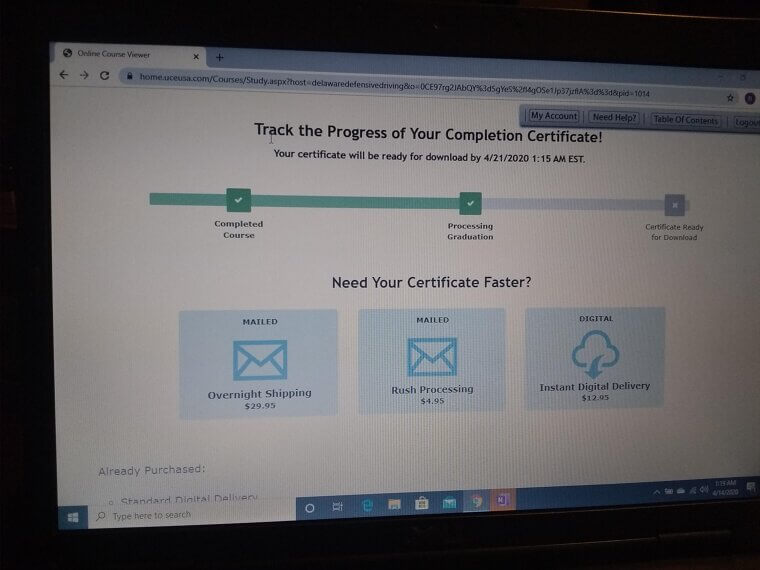Keep These Safety Tips in Mind if You're Driving Over the Age of 70
Aging doesn't mean saying good-bye to your car. But it does mean noticing the effects of aging as it relates to your driving. Slower reflexes, impaired vision, and stiff joints can sneak up on us as we age. With a few simple habits, senior drivers can remain safe and confident on the road. Here are 11 tips to keep every trip smooth and safe.
Get Yearly Eye and Hearing Tests
Your eyes and ears are your best co-pilots. Night vision, depth perception, and discernment of subtle sounds, like sirens, degrade as we age. Scheduling annual eye and hearing tests can assist in keeping you mentally sharp while driving because you can't react to what you can't see or hear.
Drive When Traffic Is Light
Traffic jams aren’t fun at any age, but they’re especially stressful when quick lane changes and impatient drivers are involved. Plan your trips during quieter times like mid-morning or early afternoon so you can enjoy a calmer, less crowded drive with fewer surprises.
Know the Side Effects of Your Medication
Some medications can cause drowsiness, dizziness, or slower reaction times, all things that do not mix well with traffic. Talk with your doctor or pharmacist and understand how your medications affect your ability to drive and travel. If it may present an issue, you can adjust when you take the medication or ask someone to assist you with a ride until you feel more clear-headed.
Stay Physically Active
A little flexibility goes a long way when checking blind spots or turning the wheel. Regular stretching, light strength training, or even daily walks can keep joints limber and reflexes sharp. Think of it as keeping your “driver’s body” in top gear.
Take a Defensive Driving Course
These refresher courses aren’t just for new drivers; they update you on road rules, teach hazard awareness, and boost confidence. Some insurers even offer discounts for completing them. It’s like a pit stop for your driving skills with the added bonus of possibly saving money.
Avoid Distractions
Even small distractions can throw you off. Put your phone away, set your GPS before you start, and keep conversations light. The less your attention is pulled from the road, the better your reaction time and the calmer your drive will be.
Don’t Drive at Night
Night driving is tough for older eyes. Headlight glare, reduced depth perception, and slower focus changes all play a role. If possible, plan trips for daylight hours. You’ll see hazards sooner, feel more relaxed, and probably enjoy the view more.
Plan Your Route
Knowing where you’re going reduces last-minute lane changes and stressful turns. Use a GPS or map out your trip before you leave. Fewer surprises mean a smoother drive, and you can focus more on the road and less on figuring out where to go.
Adjust Your Vehicle for Comfort and Safety
Seat too low? Mirrors not quite right? Take a few minutes to tweak your car. Proper seating position, mirror alignment, and steering wheel height can improve visibility, reduce strain, and make every drive safer and more comfortable.
Keep Your Skills Fresh
Even experienced drivers need practice. Try new parking techniques, refresh your knowledge of road signs, or drive in different conditions when it’s safe. Staying skilled behind the wheel is like exercising a muscle; the more you exercise it, the stronger and safer you will be.
Know When to Stop Driving
The hardest but most important tip: know when to hand over the keys. Frequent close calls, having trouble with traffic signs, or feeling anxious behind the wheel may be signs that you should look into alternative transportation. Your safety, and the safety of others, comes first.












